Apple MacBook Pro 13in with Touch Bar (2018) review
It looks like a copy and paste of last year’s Pro, but this notebook is packed with new tech

LOOKS CAN BE DECEIVING
There are no outward surprises with the new MacBook Pro, which looks identical to its predecessor. But this 2018 revamp shakes up the notebook’s insides, giving it enough power to suit its Pro moniker. Apple provided Stuff with the 13-inch model, which doesn’t have all the goodies in the 15-inch’s revamp (for example, the RAM ceiling remains 16GB). But if you want a solid mobile workstation for pro-oriented tasks – or a powerful home macOS notebook – it ably does the job.
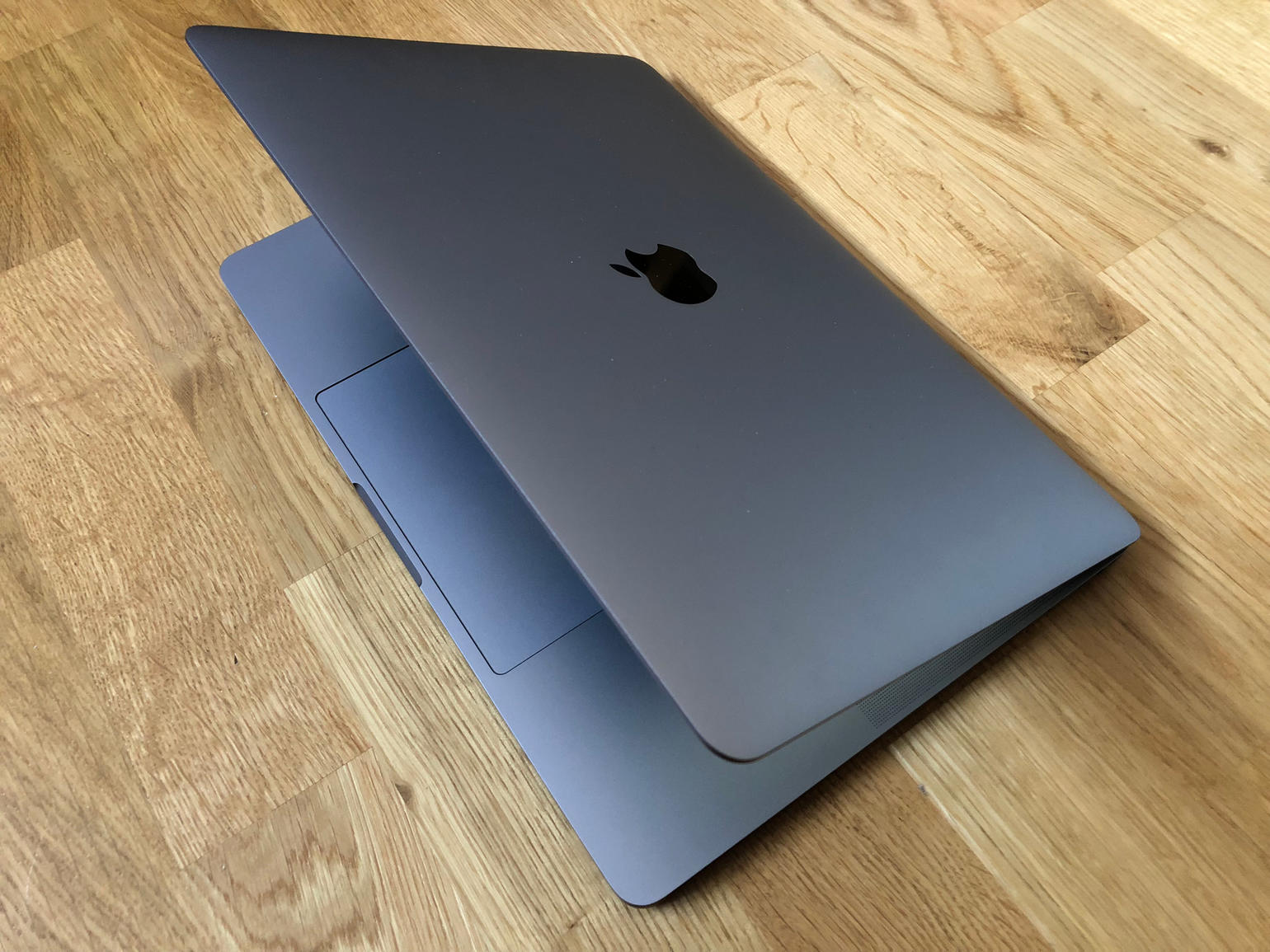
POWER PLAY
The case remains the same slimmish, stylish, classic, robust affair. It feels pleasingly solid, but only weighs 1.37kg. In Apple’s current line-up, only the MacBook is meaningfully lighter. But the MacBook lacks the clout of its 13-inch Pro cousin, which has four Thunderbolt 3 ports, 8th-generation Intel processors (2.3GHz quad-core by default, upgradable to 2.7GHz quad-core i7), 8GB RAM (expandable to 16GB), Intel Iris Plus Graphics 655, and blazing fast SSD storage. Stuff got an i7, with maxed-out RAM and storage, and – unsurprisingly – it’s zippy. Users buried in video, audio and 3D software will appreciate the extra headroom. But even if your requirements are less demanding, you’ll enjoy a MacBook Pro that doesn’t blink when you’ve a ton of open browser tabs.
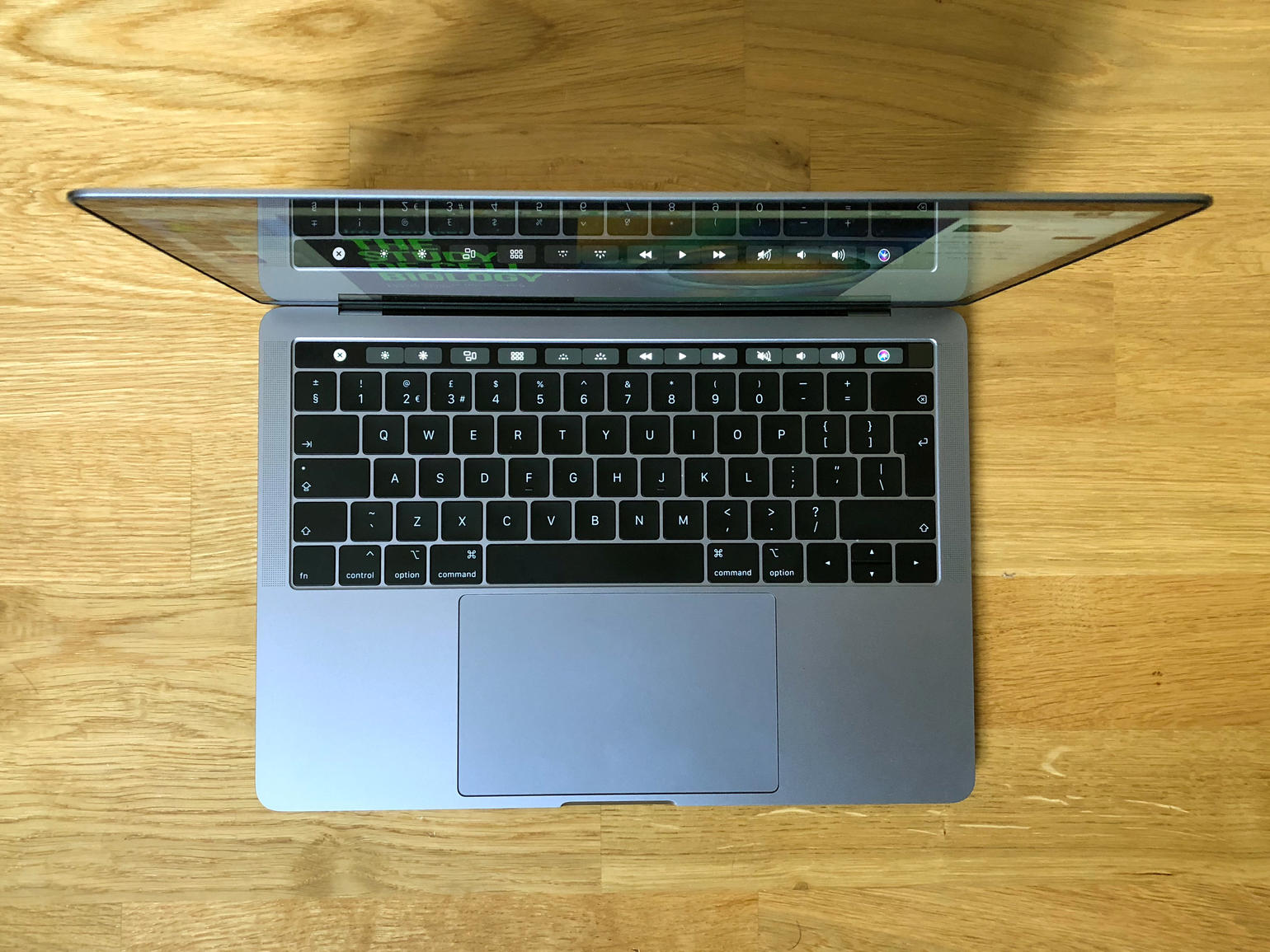
KEYS ARE GOOD
Outwardly, the keyboard looks the same, but Apple notes it’s quieter. As revealed by iFixit, this is primarily down to each key now having a silicone barrier. The result is still a bit THONK THONK THONK if you’re not a delicate typist; but the sound is less obnoxious than with last year’s models, and less likely to irritate everyone in earshot. The actual feel of typing will remain divisive though. For anyone attuned to longer key travel or who swears by mechanical keyboards, it’s still like typing on glass. But for those of us who like modern keyboards, you should find it comfortable, speedy and accurate. Going back to other Apple keyboards comparatively feels like typing on springs.
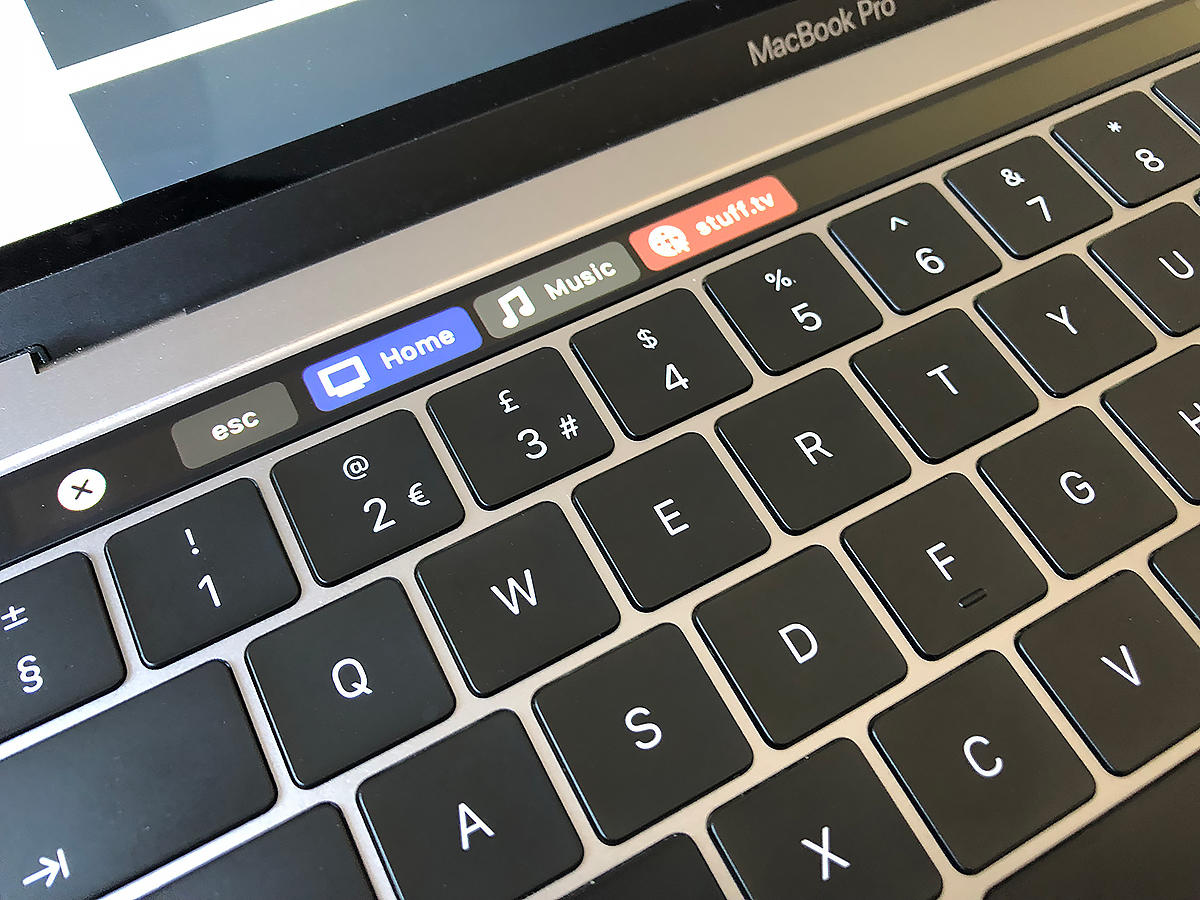
YOU’VE GOT THE TOUCH
Having not used a Touch Bar for a while, I remain in two minds about it. The lack of a physical Escape button irks, but having Touch ID on a Mac is great, and the general principle of a context-sensitive strip of keys isn’t bad. Apple apps make particularly good use of the Touch Bar, surfacing options otherwise buried deep (Logic Pro X), or enabling you to adjust properties of selected content without you moving the cursor (Pages; Numbers). With BetterTouchTool, I enjoyed going further, making customisable buttons to trigger various actions. You can’t help but feel, though, that the Touch Bar’s absence from other Macs has stymied developer support.
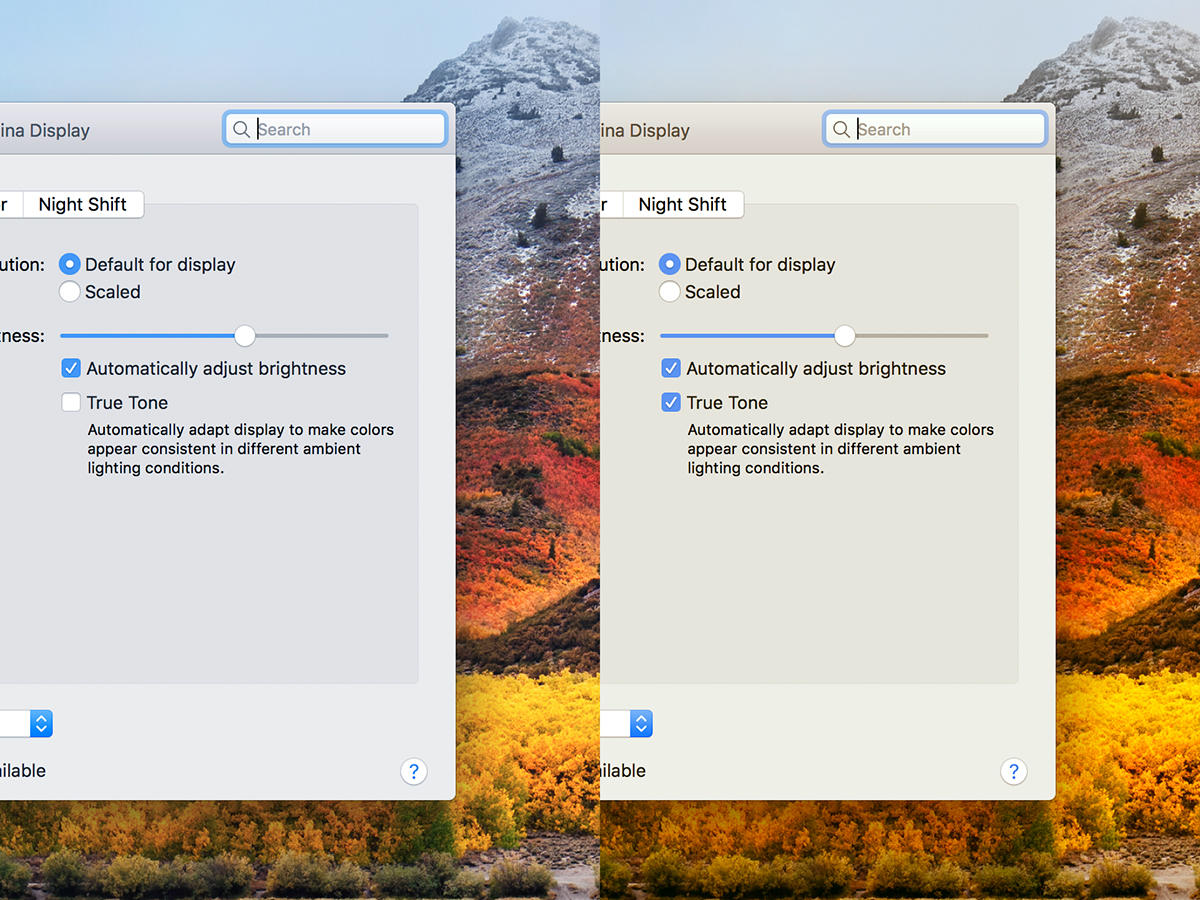
SCREEN TIME
The MacBook Pro display remains broadly the same. You get a fairly chunky bezel for a modern notebook (although that at least makes it easy to focus on screen content). And there’s no change to the 2560×1600 resolution, which even last year had been bettered by some Windows rivals. Even so, it’s hard to find fault in this display. It’s bright and fully supports the wide colour P3 gamut – ideal for visual creative work. And while some Windows notebook displays are technically sharper, you need your nose almost pressed to the screen before you get any hint of the jaggies. Also, the new MacBook Pro display adds True Tone. Like on the iPad Pro and last year’s iPhones, this adjusts the screen’s temperature based on ambient light.
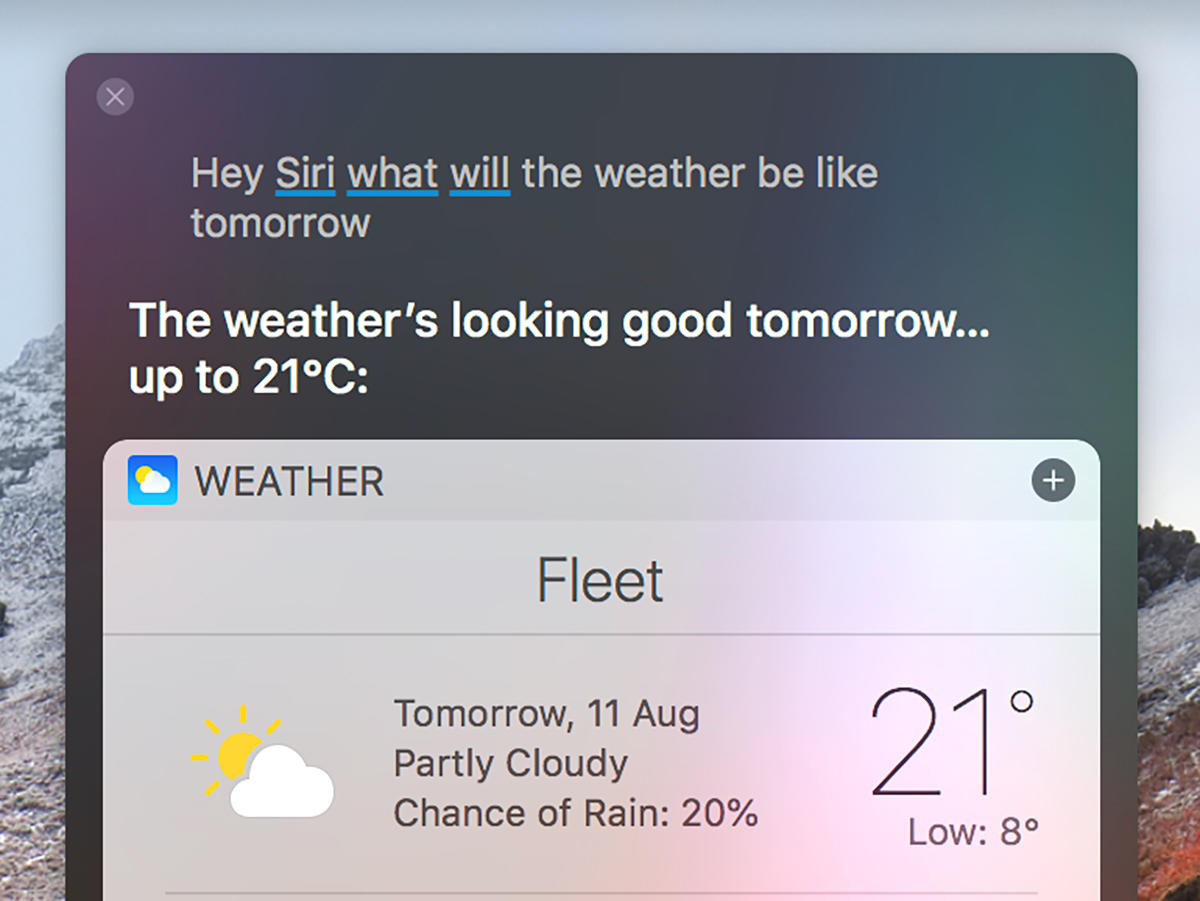
SPEAK UP
Another new bit of tech in the MacBook Pro is Apple’s T2 chip. This debuted in the iMac Pro, and enables a bunch of functions to do with audio and SSD controllers, storage encryption, and secure boot. Also, it means Hey Siri finally comes to the Mac. Setting this up takes a minute or so, which mostly involves your Mac asking you to say a few key phrases. It then feels quite natural to ask your Mac to turn on a screen saver, what the weather’s like in a holiday destination, or to fire up Apple Music. You might, though, wonder when Apple will have its devices communicate with each other regarding which one is being addressed. It gets old saying Hey Siri to a MacBook Pro, and then finding nearby iOS devices expectantly awaiting input.
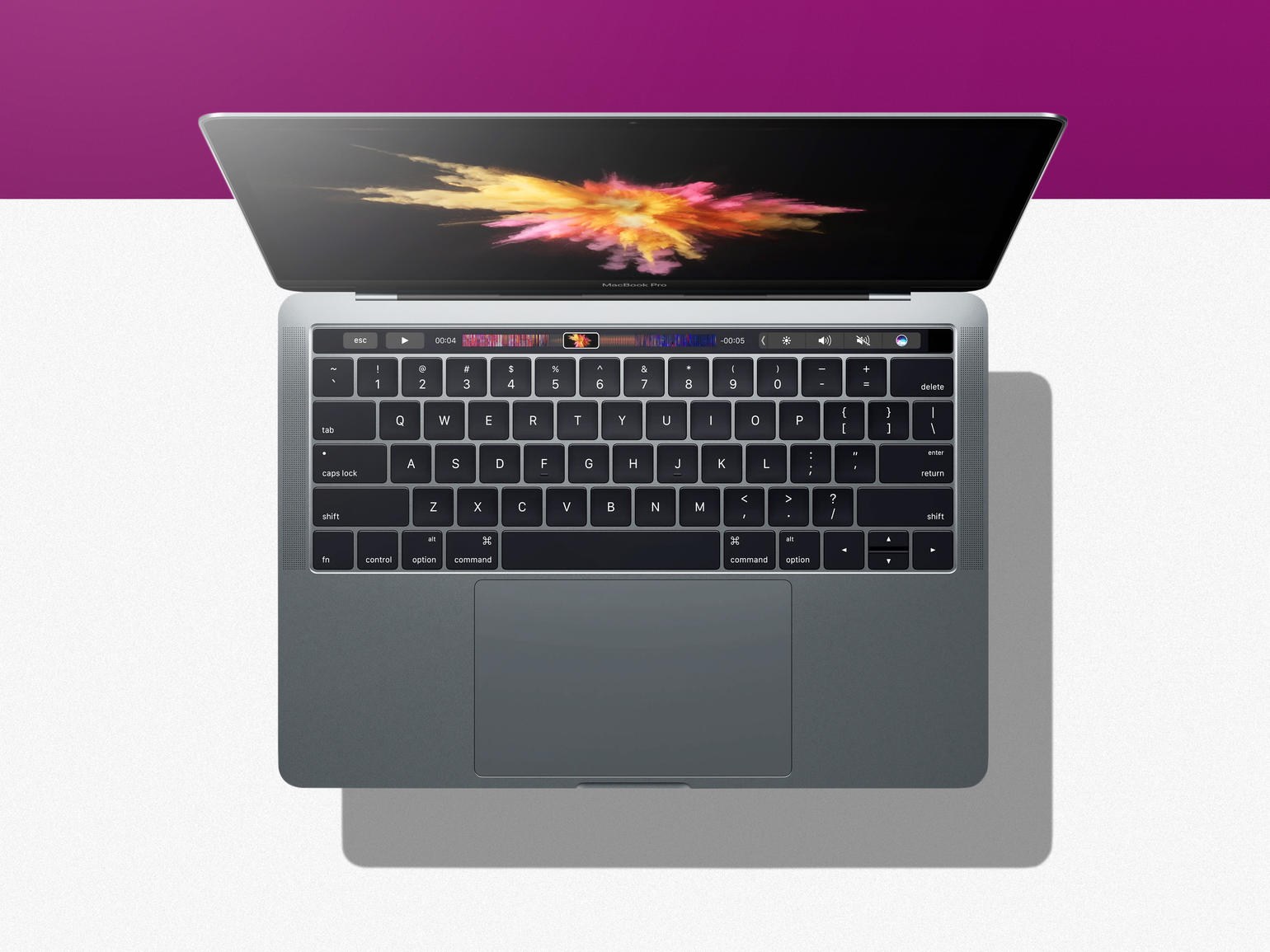
WHAT’S THE VERDICT?
Most of the changes we’ve highlighted are positive steps forward. Sure, it’d be great to see Face ID on the MacBook Pro, but that won’t happen until a major overhaul. In the meantime, we get plenty of extra power, an improved display, a quieter keyboard, and a battery that gets the machine through an entire day of normal use – assuming ‘normal’ to you isn’t running games and hugely demanding software non-stop. What you won’t enjoy is the impact on your wallet. The base level price of £1749 isn’t too bad, but that only gets you an i5, 8GB of RAM and 256GB of storage – and because the MacBook is a sealed unit, you can’t upgrade beyond using external GPUs. Still, if you swear by macOS, there aren’t any better alternatives, bar something old (MacBook Air) or comparatively underpowered (MacBook). So if you do want a shiny MacBook Pro, it’s just the price you have to pay.


